The recently released report on the residential real estate industry by VnDirect Securities assessed that "the most difficult period of the market has passed and is gradually improving from 2024". The assessment is based on recent trading signals and interest rate situation.
Specifically, the absorption rate in the two main markets of Hanoi and Ho Chi Minh City improved in the last 6 months of 2023. In Hanoi, both new supply and sales increased significantly over the quarters, with an absorption rate of over 100%. In Ho Chi Minh City, the number of apartments sold in the second half of the year was 101% higher than in the first half. Along with that, the absorption rate reached 108% compared to 59%.
Along with that, the demand for home purchases is expected to improve in the coming months thanks to the average floating mortgage interest rate at commercial banks currently around 11% per year, down from 13-14% per year. In addition, many investors with strong financial capacity have launched payment terms with preferential interest rates to support.
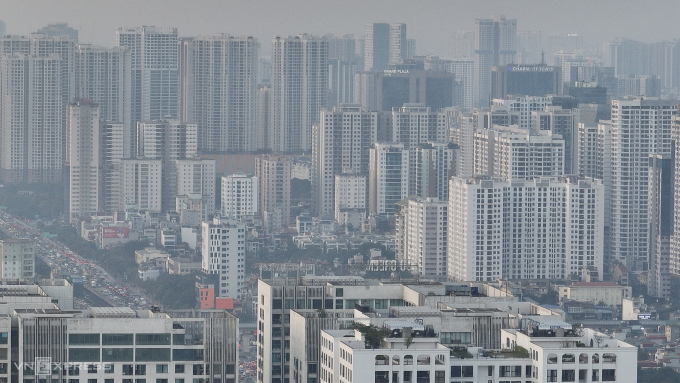
Apartment buildings in Trung Hoa, Nam Trung Yen, Ring Road 3 (Hanoi). Photo: Ngoc Thanh
Real estate plays an important role in Vietnam’s economy . Last year, the sector accounted for 21% of total credit in the economy and 27.3% of GDP, according to VnDirect.
The housing market entered a difficult period from the second quarter of 2022, after credit for the real estate sector was tightened, lending interest rates increased and a number of business leaders were disciplined for violations in bond issuance activities.
Along with VnDirect, JLL Vietnam's 2024 market forecast also believes that the housing segment is "on the road to recovery". In Ho Chi Minh City, the General Statistics Office said that the real estate business situation is showing signs of recovery, with revenue in the first two months of 2024 estimated at VND42,300 billion, up 20.1% over the same period (down 13% over the same period).
However, a series of challenges remain. Supply has not improved in the short term. Last year, the supply of new apartments launched in the two largest markets of the country remained low, with 7,722 units in Ho Chi Minh City and 19,808 units in Hanoi. Primary townhouses fell to a 10-year low, with 766 units in Ho Chi Minh City and 754 units in Hanoi, according to Savills data.
By 2024, JLL Vietnam forecasts supply will remain at a historic low of only about 10,000 units in each market in Hanoi and Ho Chi Minh City. In the past decade, these markets peaked at about 40,000 new apartments sold each year.
Mr. Alex Crane, CEO of real estate consultancy Knight Frank Vietnam, explained that the supply is not optimistic because many investors have recently adjusted their progress and postponed project development to 2025 and 2026. Part of the reason is due to capital pressure.
For home buyers, the imbalance between supply and demand makes it difficult for those with real housing needs and those looking for affordable products. The government has set a target of building one million social housing units in the 2021-2030 period. But by the end of 2023, the plan for the 2021-2025 period was only 4.7% complete, according to VnDirect.
Meanwhile, the average apartment price in Hanoi last year increased by 15% year-on-year to VND53.2 million per square meter (US$2,190) due to a shortage of supply in the affordable and mid-range segments. Meanwhile, the average apartment price in Ho Chi Minh City was VND61.4 million per square meter (US$2,500).
Ms. Do Thu Hang, Senior Director, Research & Consulting, Savills Hanoi, forecasts that the residential segment will continue to grow in price, due to rising land and construction costs, developed infrastructure and improved quality. "The limited supply in the market will continue, leading to the average primary selling price of the whole market to continue to increase," she said.
Source























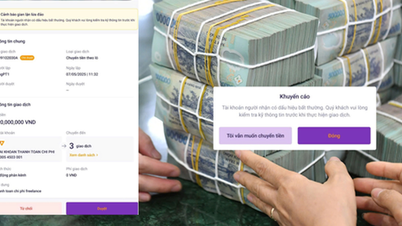





![[Photo] General Secretary To Lam and National Assembly Chairman Tran Thanh Man attend the 80th Anniversary of the Traditional Day of the Vietnamese Inspection Sector](https://vphoto.vietnam.vn/thumb/1200x675/vietnam/resource/IMAGE/2025/11/17/1763356362984_a2-bnd-7940-3561-jpg.webp)




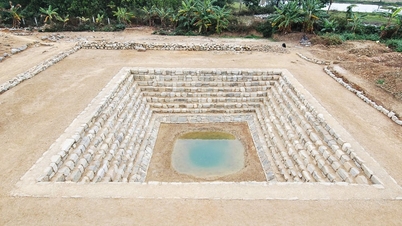



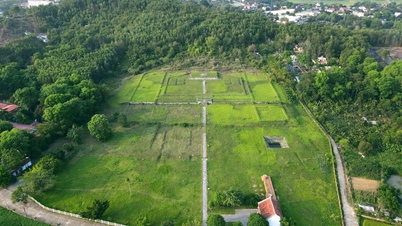










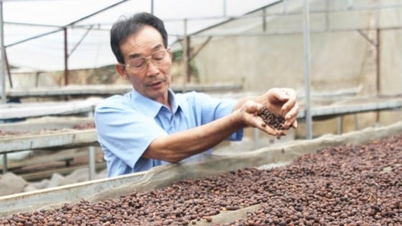




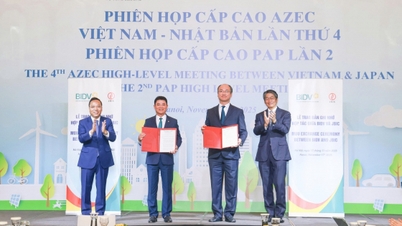














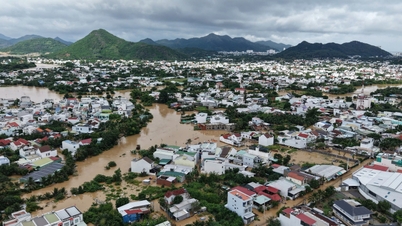



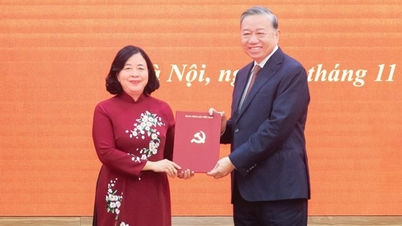





















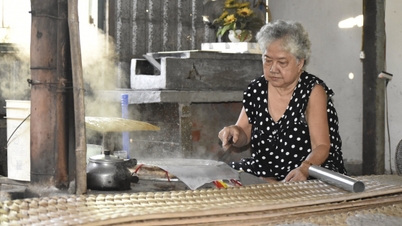

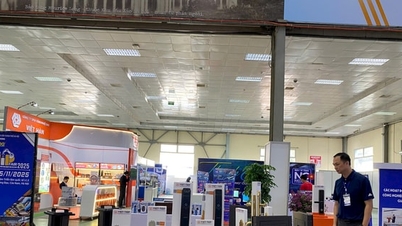


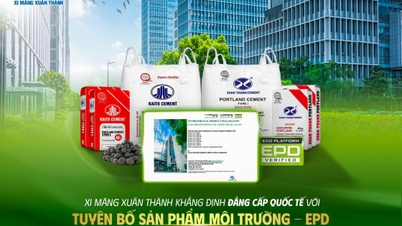





Comment (0)